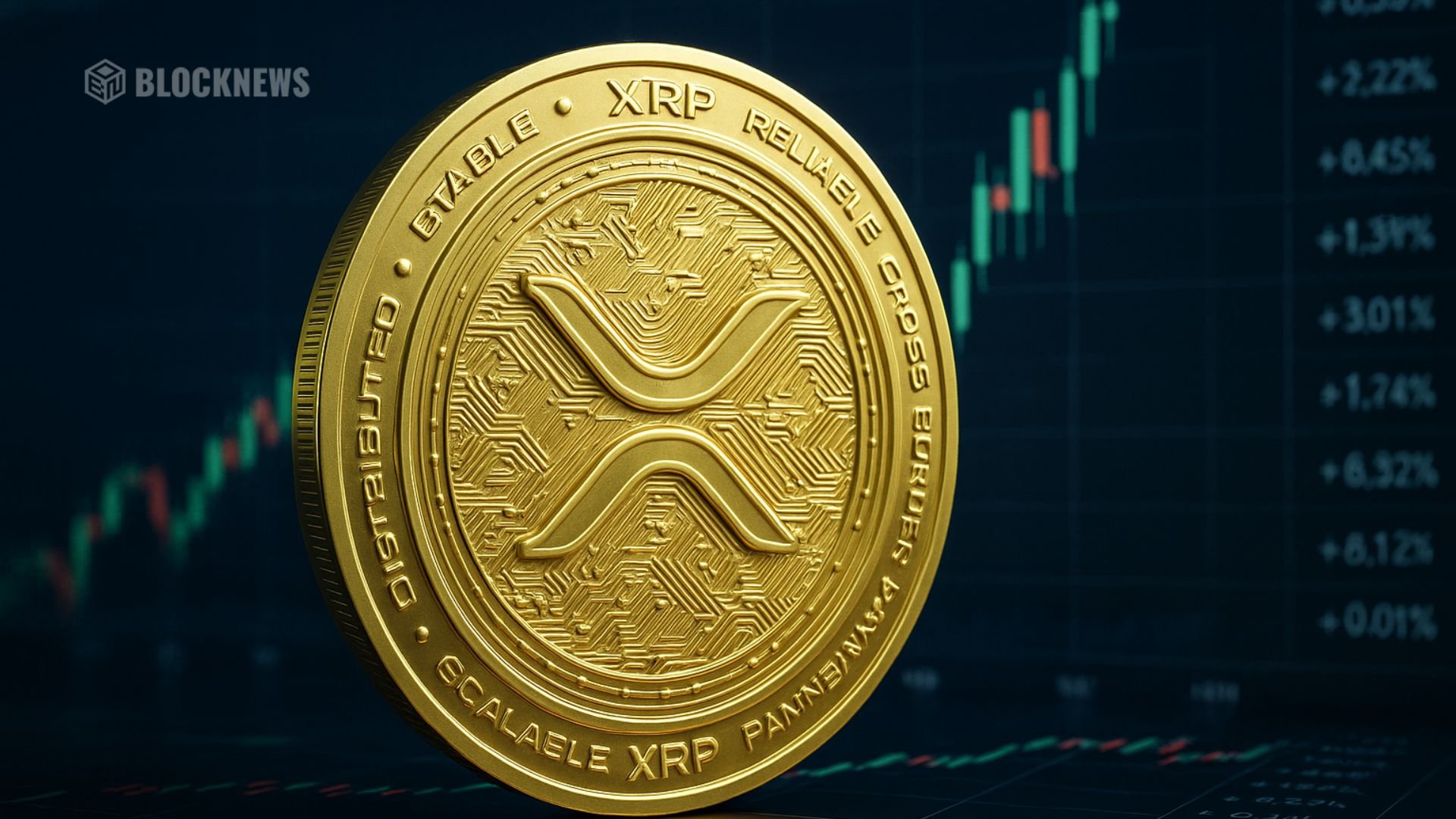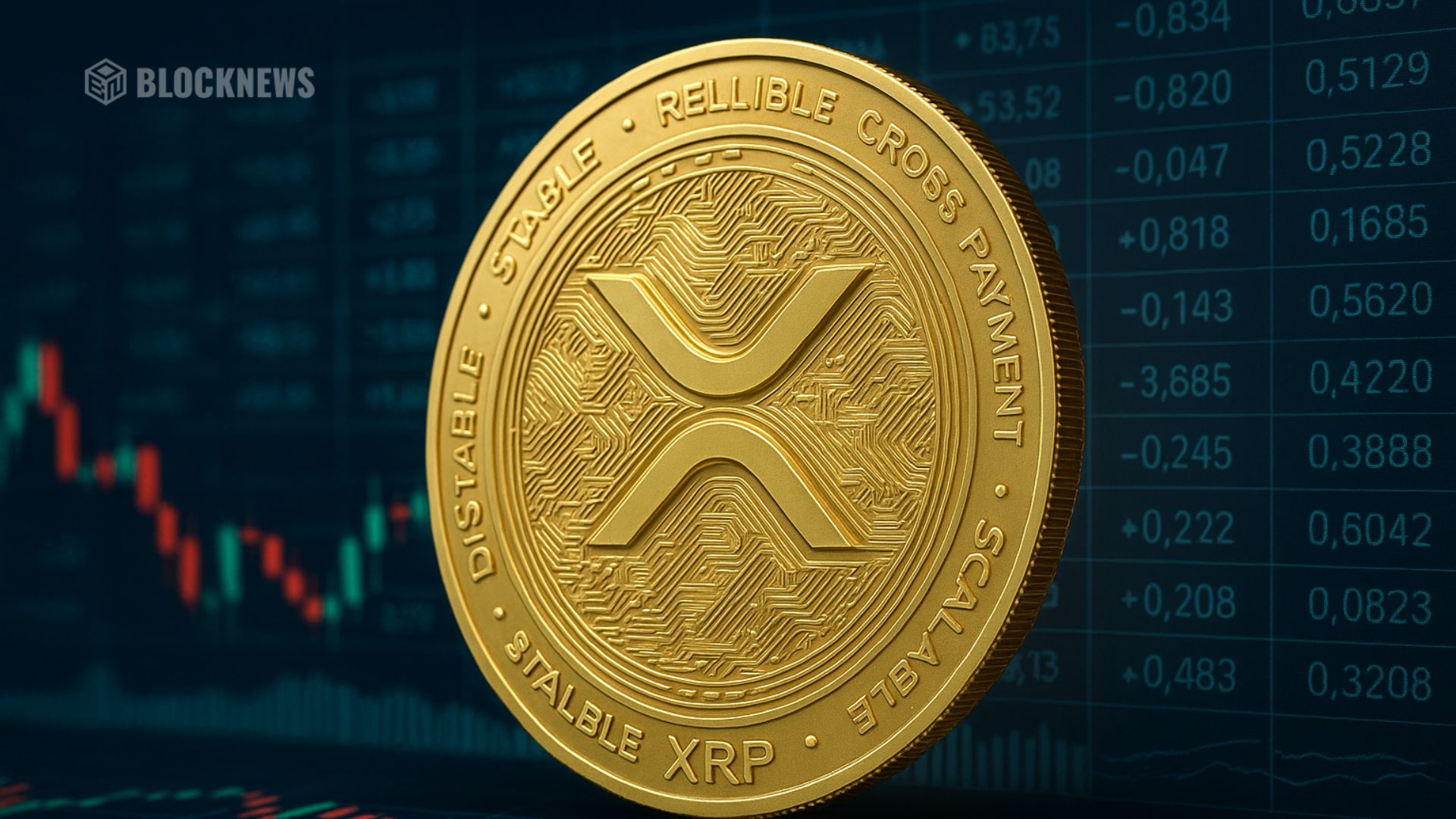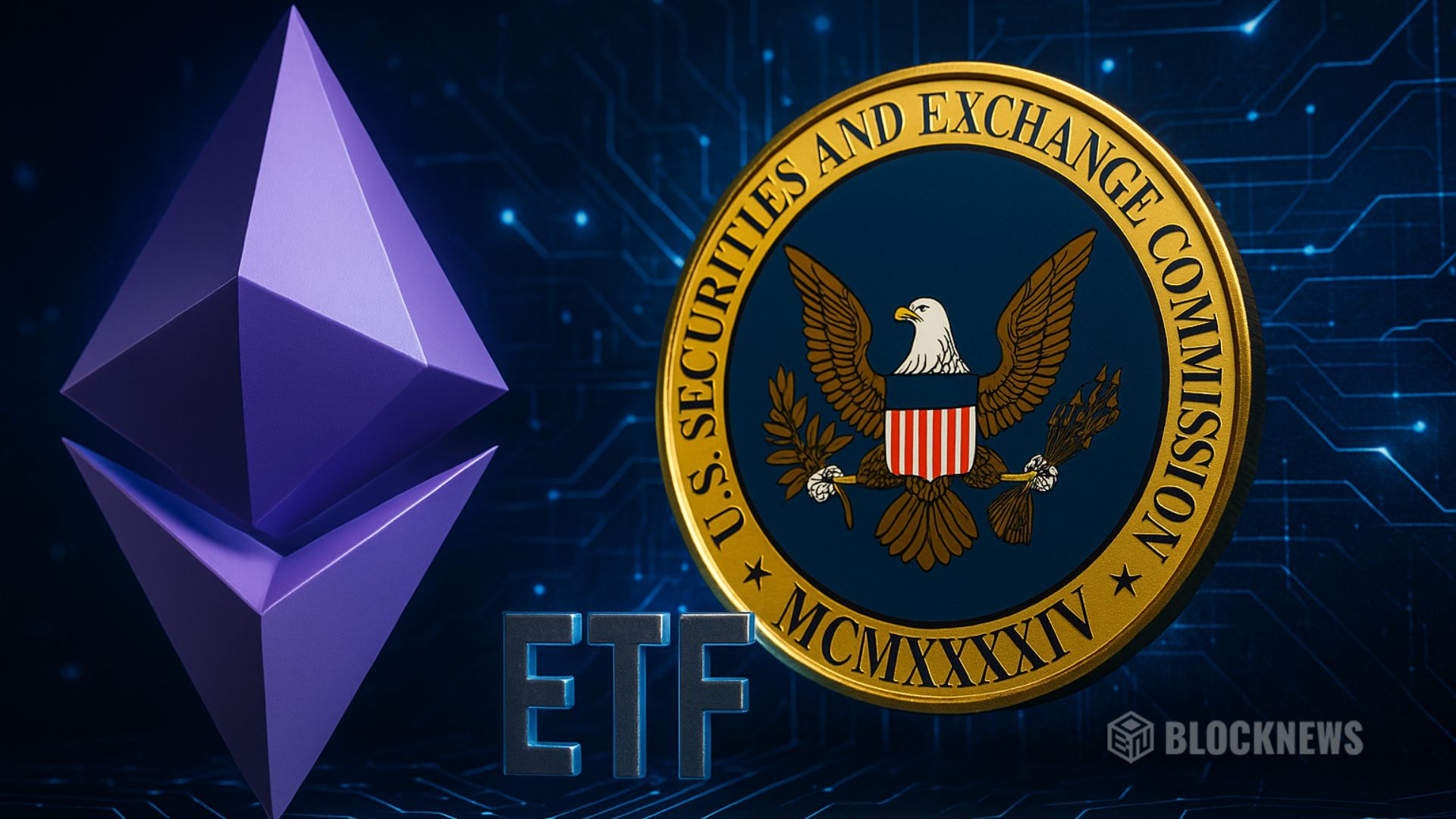RLUSD Stablecoin: Ripple’s $789M Bet on the Future of Finance

- RLUSD holds a $789M market cap with near-perfect USD stability, drawing institutional adoption.
- Ripple expanded RLUSD’s role, linking it to tokenized funds, DeFi projects, and On-Demand Liquidity services.
- With ETF growth and enterprise adoption, RLUSD could become the backbone of Ripple’s full financial stack.
RLUSD, Ripple’s U.S. dollar–pegged stablecoin, has been making noise across the crypto market. Even though it launched back in 2016, it’s only in recent years that it has started to grab serious attention. With a market cap near $789 million, RLUSD now sits around the #90 spot on CoinMarketCap. Its peg to the dollar has been nearly perfect, fluctuating by only about 0.01%. That kind of reliability has made it particularly appealing to banks and financial firms using Ripple’s rails for settlement.
Expert Max Avery pointed out in a tweet thread that institutions value this stability above all else, especially for large-scale transactions. For many of them, RLUSD has become the preferred option when moving money internally through Ripple-powered systems. And it’s not just the institutions leaning in—after RLUSD’s recent listing on Bybit, XRP open interest shot up to $1 billion in just hours, showing how quickly both retail and institutional traders are piling in.
Ripple Expands RLUSD Utility
Ripple isn’t keeping RLUSD boxed in as just another stablecoin. Instead, it’s been positioning it as the foundation for a much bigger financial ecosystem. One of the most important steps came through its partnership with Securitize, where RLUSD was chosen as the redemption layer for tokenized funds from giants like BlackRock’s BUIDL and VanEck’s VBILL. The implication? Potentially trillions of dollars could one day flow through Ripple’s stablecoin rails.
Today, RLUSD already powers Ripple’s On-Demand Liquidity service, making cross-border transfers smoother by offering direct USD streams. It also comes with institutional-friendly features like clawback functionality, which allows funds to be frozen if regulators require it. Add in full NYDFS compliance, and it’s easy to see why enterprises trust RLUSD as their settlement choice in an environment where regulation is tightening.
RLUSD’s Role in DeFi and ETFs
Ripple’s stablecoin isn’t just for payments—it’s opening doors for DeFi expansion on the XRP Ledger. Thanks to the launch of an EVM-compatible sidechain, Ethereum-based applications can now tap into XRPL’s low fees and high transaction speed while gaining access to RLUSD’s depth and stability. This mix of institutional-grade backing and DeFi flexibility is already drawing developers who want the best of both worlds.
The ETF scene is also warming up. With XRP-linked products growing, leveraged and spot offerings are pulling in capital ahead of year-end. Firms like Hidden Road are even pairing XRP with RLUSD to simplify on- and off-ramps for institutional users. This deeper integration strengthens RLUSD’s case as not just another stablecoin, but as a critical piece of Ripple’s expanding financial stack.
Ripple’s Bigger Vision
Ripple’s long-term ambition is clear: build a full-scale financial infrastructure powered by blockchain, with RLUSD at its core. From lending and brokerage to payments and banking, RLUSD is intended to be the connecting piece that ties it all together. If adoption keeps rising—both through enterprise settlements and DeFi applications—Ripple’s stablecoin could eventually evolve into the backbone of a blockchain-based financial system on a global scale.
The post RLUSD Stablecoin: Ripple’s $789M Bet on the Future of Finance first appeared on BlockNews.
RLUSD Stablecoin: Ripple’s $789M Bet on the Future of Finance

- RLUSD holds a $789M market cap with near-perfect USD stability, drawing institutional adoption.
- Ripple expanded RLUSD’s role, linking it to tokenized funds, DeFi projects, and On-Demand Liquidity services.
- With ETF growth and enterprise adoption, RLUSD could become the backbone of Ripple’s full financial stack.
RLUSD, Ripple’s U.S. dollar–pegged stablecoin, has been making noise across the crypto market. Even though it launched back in 2016, it’s only in recent years that it has started to grab serious attention. With a market cap near $789 million, RLUSD now sits around the #90 spot on CoinMarketCap. Its peg to the dollar has been nearly perfect, fluctuating by only about 0.01%. That kind of reliability has made it particularly appealing to banks and financial firms using Ripple’s rails for settlement.
Expert Max Avery pointed out in a tweet thread that institutions value this stability above all else, especially for large-scale transactions. For many of them, RLUSD has become the preferred option when moving money internally through Ripple-powered systems. And it’s not just the institutions leaning in—after RLUSD’s recent listing on Bybit, XRP open interest shot up to $1 billion in just hours, showing how quickly both retail and institutional traders are piling in.
Ripple Expands RLUSD Utility
Ripple isn’t keeping RLUSD boxed in as just another stablecoin. Instead, it’s been positioning it as the foundation for a much bigger financial ecosystem. One of the most important steps came through its partnership with Securitize, where RLUSD was chosen as the redemption layer for tokenized funds from giants like BlackRock’s BUIDL and VanEck’s VBILL. The implication? Potentially trillions of dollars could one day flow through Ripple’s stablecoin rails.
Today, RLUSD already powers Ripple’s On-Demand Liquidity service, making cross-border transfers smoother by offering direct USD streams. It also comes with institutional-friendly features like clawback functionality, which allows funds to be frozen if regulators require it. Add in full NYDFS compliance, and it’s easy to see why enterprises trust RLUSD as their settlement choice in an environment where regulation is tightening.
RLUSD’s Role in DeFi and ETFs
Ripple’s stablecoin isn’t just for payments—it’s opening doors for DeFi expansion on the XRP Ledger. Thanks to the launch of an EVM-compatible sidechain, Ethereum-based applications can now tap into XRPL’s low fees and high transaction speed while gaining access to RLUSD’s depth and stability. This mix of institutional-grade backing and DeFi flexibility is already drawing developers who want the best of both worlds.
The ETF scene is also warming up. With XRP-linked products growing, leveraged and spot offerings are pulling in capital ahead of year-end. Firms like Hidden Road are even pairing XRP with RLUSD to simplify on- and off-ramps for institutional users. This deeper integration strengthens RLUSD’s case as not just another stablecoin, but as a critical piece of Ripple’s expanding financial stack.
Ripple’s Bigger Vision
Ripple’s long-term ambition is clear: build a full-scale financial infrastructure powered by blockchain, with RLUSD at its core. From lending and brokerage to payments and banking, RLUSD is intended to be the connecting piece that ties it all together. If adoption keeps rising—both through enterprise settlements and DeFi applications—Ripple’s stablecoin could eventually evolve into the backbone of a blockchain-based financial system on a global scale.
The post RLUSD Stablecoin: Ripple’s $789M Bet on the Future of Finance first appeared on BlockNews.


